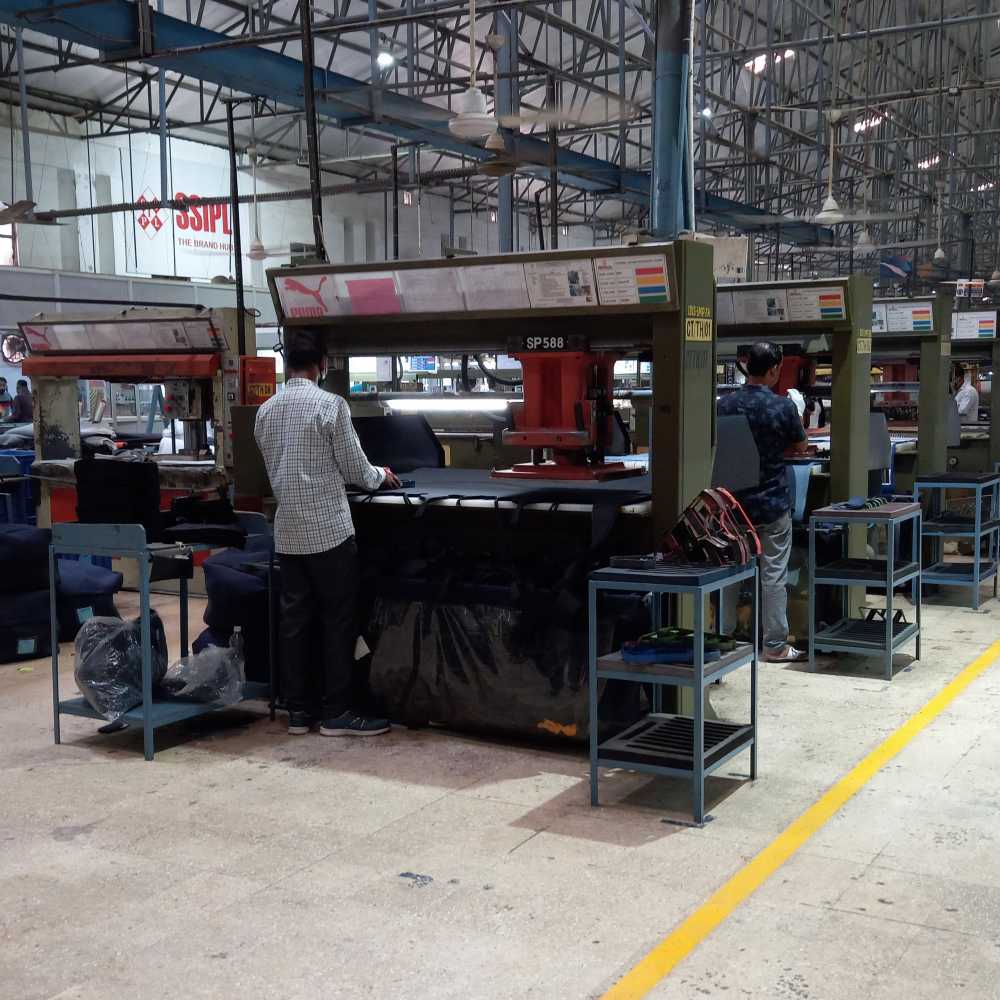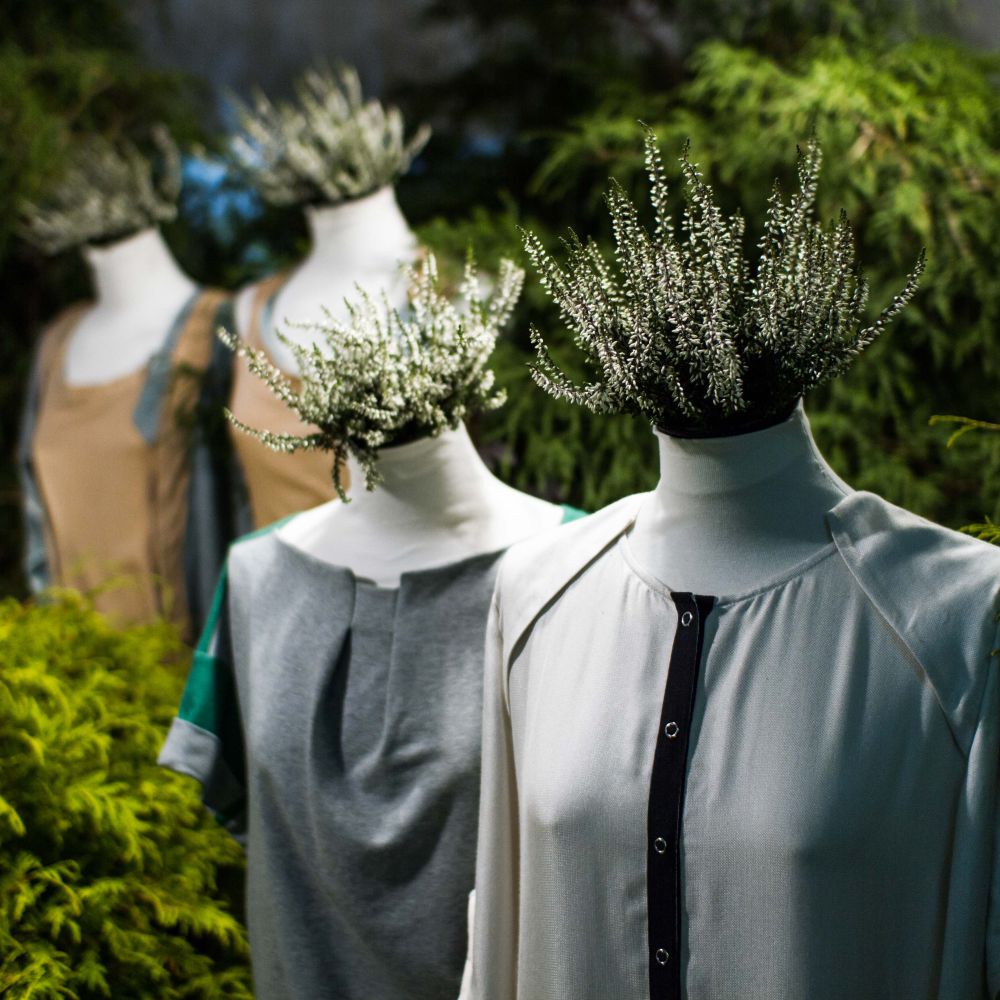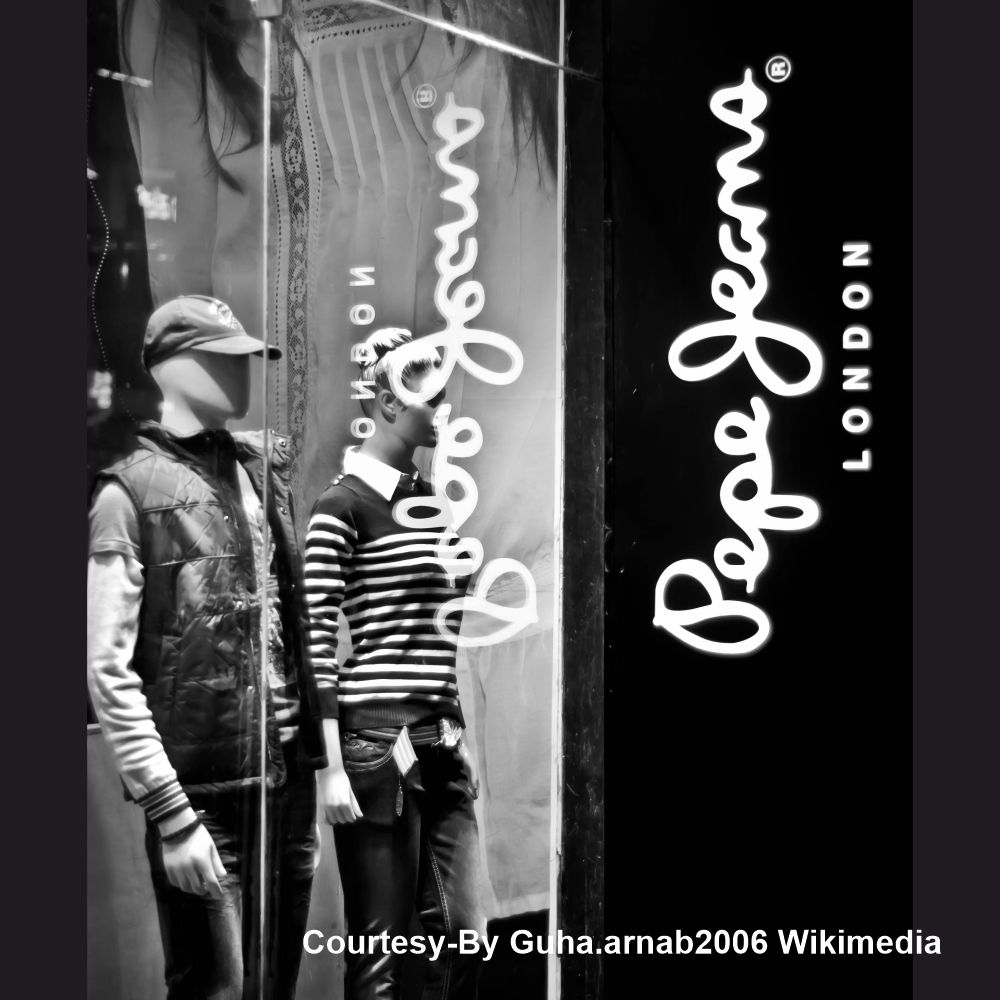“The global supply chain will continue to evolve as more and more pockets of excellence will emerge. Companies are looking to source from the best and at the least possible risk. In the next few years, I believe India will become an important manufacturing hub for international footwear,” asserts Ingit Saxena, Head – Manufacturing Business, SSIPL…
Now that we are in the middle of the pandemic, how would you describe pre & post Covid era?
Covid led to a shift in the strategy for most companies since business dynamics suddenly changed. The emphasis now is on ensuring business continuity and maintaining a healthy cash flow. Therefore, post-Covid, our focus has been on lean operations, consolidation and cutting down on discretionary expenditures. In a way, it has returned to the basics.
What were the challenges encountered by you at the start of the pandemic and how did you manage them?
The biggest challenge at the start of the pandemic was to create awareness about Covid among our employees so that they can keep themselves safe. We took a lot of measures to create the awareness, not only for the employees’ own safety but safety of their families too. These measures included distribution of Do’s and Don’ts pamphlets, running awareness sessions, safety displays, etc. We also took measures to ensure social distancing and maintaining hygiene among employees when they are inside the premise through distribution of sanitizers, staggered lunch timings, promoting online meetings, spread out seating, etc. Operationally, there were challenges in terms of managing our raw material inventory and our order commitments to the customers. Thankfully, both our supplier and customers were supportive in this regard.
How has been the demand since then?
There was some short-term impact on demand due to the lockdown and complete stop on sale of non-essential items because of which our customers were stuck with inventory, which is now starting to move out. Our long-term order book is good.
How easy or difficult was it to motivate employees to get back to work post lockdown and how do you keep their morale in high spirits?
It was not easy since there was uncertainly around the extent and duration of lockdown. Remote working potential is limited in a manufacturing environment, so most employees were keen to know when the company will resume normal operations and they can resume work. Post Covid, we did a gradual ramp up of operations and started calling employees in batches, till we reached our full capacity.
What are the operational innovations that SSIPL has achieved over the years as you are one of the largest shoe manufactures for the leading brands of the world?
Our biggest strengths are our integrated manufacturing capabilities and our strong footwear design and development team. Our design team continuously looks for innovations that reflect market trends and offering the best shoes as per the requirements of the customer. We have also invested in footwear technologies such a computerized stitching, to achieve operational efficiency.
What are the inherent strengths of SSIPL that none of your competitors possess?
We work with the biggest brands that operate in the country and hence we understand their pulse and are fully compliant to their requirements. As I said earlier, we are a fully integrated company with capability to manufacture all kinds of shoes in a single facility, something that no other competitor possesses.
What are the peculiar demands from your customers and how do you ensure to deliver these demands are duly met with? Enlist 5 factors that make your relationship with them more transparent.
Our customers are some of the biggest brand names in the industry and hence are very particular about their product quality and timely delivery of their orders. Of course, they expect to get the best return for the money they are investing. We are in constant collaboration with them when it comes to new product design, assortment planning, developing new sourcing base or optimizing the costs. On operational front, we jointly discuss their seasonal quantity requirements by shoes, sandals, slippers, accessories, etc., and spread them out across the months as per the demand. There is collaboration and transparency at all stages.
With rising challenges in global trade, how do you see the demand of raw materials getting fulfilled by you? What is your Plan B in place if at all you have been importing raw materials from other parts of the globe?
We understand the challenges the pandemic has posed when it comes to international trade and sourcing. Moreover, there is a push for local sourcing through government initiatives. We are working with our customers in taking this initiative forward and trying to develop local sources, which can offer same quality of raw material as available internationally. This will be a journey and will take time to develop. The good thing is that even the customers realize the risk of dependency on imports and are supporting this initiative.
How effective is the role of technology in reaching from sole to store?
It is particularly important. Technology plays a role right from conceptualizing the shoe, to managing the supply chain, manufacturing, and distribution across the value chain, etc. Finally, it is all about timely availability of the SKUs at the right store when the season gets launched. Any delay can lead to markdowns and /or accumulation of non-moving stock.
It has been voiced by many global shoe brands that India does not offer quality that they seek in their goods. How would you counter this statement?
It could have been true in the distant past, but India has been offering the same quality that is available globally for past many years. The best counter to this statement is that footwear is being exported from India to other countries, including those in the developed world.
When do you see demand picking up?
The footwear industry is seasonal in nature and the entire season planning is done approx. 6 months in advance. For example, currently our customers are planning for the next season (Spring Summer 2021) and the indications are looking positive. We hope the demand picks up during the upcoming festival period and continues for the next season.
Where does the future hold for the lifestyle sector and shoe segment with most of the business happening through e-commerce now?
No doubt, e-commerce as a channel will grow further. Most brands already have an online presence through their own portal or through the portals of the key e-commerce players. Post Covid, growth has been fueled through e-commerce as retail channel has still not fully opened across the country. What this means is, brands will come out with products that meet the demands of an online customer – who typically look for more breadth and options while searching for a style of shoe.
What would be the future of retail as we step into post Covid world? As we know shoe buying is still predominantly physical owing to its very nature of sizing challenges and comfort?
Retail will continue to be a preferred channel for shoe buyers. As you rightly said, most customers need a first-hand feel of shoe from comfort, sizing, style perspective before making a purchasing decision. This is especially true for those who are into fitness and running as their shoes gets rigorously tested during usage and hence it becomes an involved purchasing decision for them. So, while e-commerce will grow, retail will continue to have its presence due to the inherent advantages it offers to the consumers.
How do you view the global supply chain shaping up from here on?
The global supply chain will continue to evolve as more and more pockets of excellence will emerge. Companies are looking to source from the best and at the least possible risk. In the next few years, I believe India will become an important manufacturing hub for international footwear. India is an attractive proposition due to multiple reasons. Most global brands are already present in India and have over the years, seen the quality of products manufactured locally. There is confidence in the local produce, to the extent that some of them are already exporting to other countries. This makes it easier to position India for furthering exports to other parts of the globe. Also, the domestic consumption of India is good, so it gives economies of scale in manufacturing. There are players like us who offer the best in class infrastructure and facilities for manufacturing. As I said, local raw material ecosystem still needs to be fully developed. Once that is done, I see no reason why India cannot become a global footwear manufacturing giant like China.

Categories

Magazine Editions























